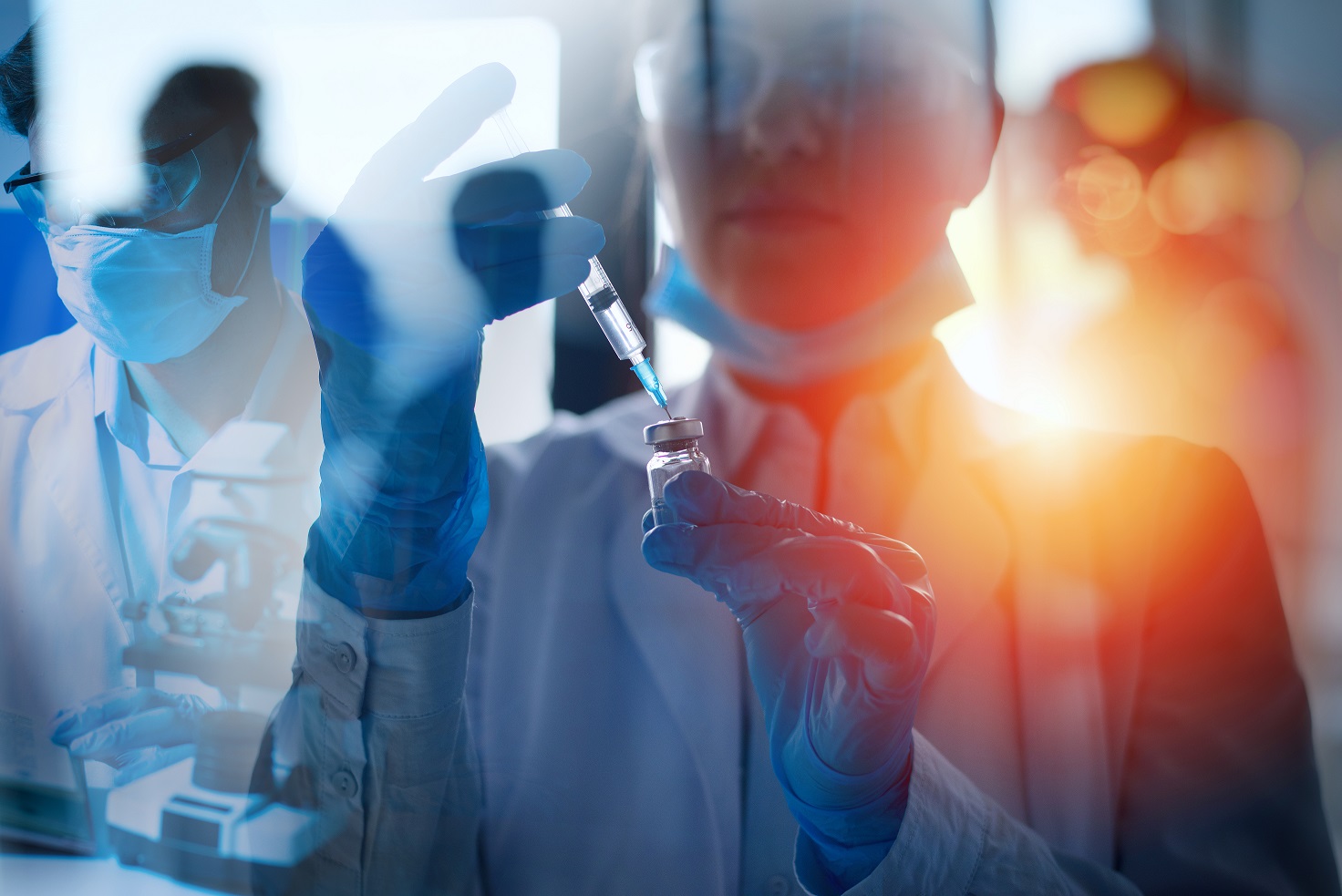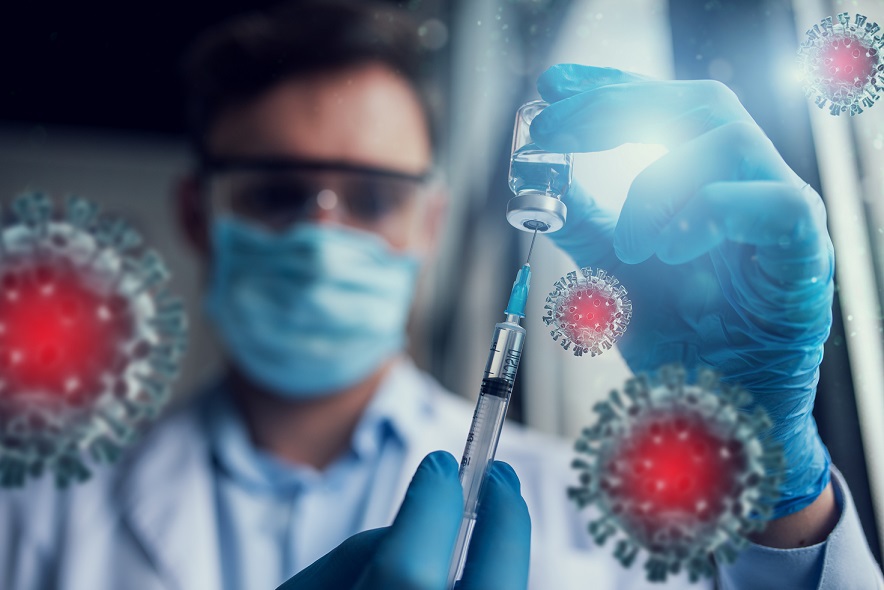Antiviral agents against Coronavirus – University of Debrecen // University of Pécs
The COVID–19 pandemic has shown that there is a significant shortage in the antiviral drugs, and there is an urgent need in the development of antiviral agents. As a cooperation between the Faculty of Pharmacy at the University of Debrecen and the Virological Research Group at the University of Pécs, the researchers of the two institutions have started to examine antiviral agents against coronavirus soon after the epidemic broke out in Hungary in the spring of 2020. So far they have tested more than 30 antiviral agents, out of which nearly 70% showed excellent or moderate effectiveness against the virus. This is an important ongoing research as it can facilitate the development of cheaper antiviral drugs that can be used in therapy.
Mass Ventil Project – Óbuda University // Semmelweis University
One of the biggest problems in saving lives during the coronavirus pandemic is the lack of ventilators. Ventilators currently in use are capable of supplying only one person, and each patient must be provided with a separate ventilator, so the available quantity may soon run out. Mass Ventil is a joint project of Óbuda University and Semmelweis University, which aims to develop a prototype for a mass ventilator system that can simultaneously ventilate a large number of coronavirus patients in critical condition. The ventilator also removes and filters exhaled infectious air from the common airspace, significantly reducing the risk of infection for nursing staff. This medical device can save thousands of lives: patients, doctors, nurses.

Identification of the genetic code of COVID–19 – University of Pécs
As early as March 2020, the Virological Research Group of the Szentágothai Research Centre, University of Pécs and the Bioinformatics Research Group managed to define the complete genome sequence of the Corvonavirus. The research group processed the sample from an infected Hungarian patient's throat secretion as a first step. Then they defined the genome of the virus applying next-generation sequencing technologies, and analysed the large amount of data. The identification of the full genetic code of the virus was an important milestone for the prevention and for the development of effective antiviral drugs and vaccines.
Fluvoxamine therapy – Semmelweis University
COVID–19 can cause damage in the human body in two different ways: either it intensifies the already existing diseases such as heart conditions or oncological symptoms, or it triggers an extremely strong immune response from the human body. The latter case is caused by the so-called cytokine storm, which can result in a severe pneumonia and multiple organ dysfunctions. At the beginning of November 2020, a research team at Semmelweis University started clinical trials that examined whether fluvoxamine, a long-time used anti-depressant medicine could be efficient in the therapy of acute pneumonia caused by COVID–19. It is expected that the duration of respiratory complications caused by coronavirus will shorten as a result of the therapy.

Virus detection from wastewater analysis – University of Pannonia // University of Pécs
The project of the University of Pannonia in collaboration with the University of Pécs aims to analyse public wastewaters to estimate the amount of COVID–19 infection within a community. Coronavirus can be detected in wastewater 3 days after the infection, even before the symptoms start. With the analysis the spread of the infection can be detected in its early stage and the necessary measures can be made on time before a widespread outbreak. Wastewater analysis can also be a useful tool to detect the re-emergence of the infection. The project includes the development of a database and a methodology that can be later used to follow the spread of the virus and predict potential epicentres of the infection.
Mechanical ventilator – Budapest University of Technology and Economics (BME)
Two faculties at BME worked together to create a prototype for a mechanical ventilator in an extremely short time. The mass-production of the first 1000 devices began only in a few weeks due to the intense work of researchers in the fields of mechanical and electronic design, software development, manufacturing, fluid mechanics, mechatronics and materials science. The device has several features beyond the traditional ventilation methods; it offers ventilation profiles, less stressful for both the patients and their lungs, and it can control the oxygen levels much more precisely than other devices. The ventilator is expected to be patented soon.
Links and sources: forbes.hu, massventil.org, international.pte.hu, semmelweis.hu, index.hu, bme.hu, unifesp.br